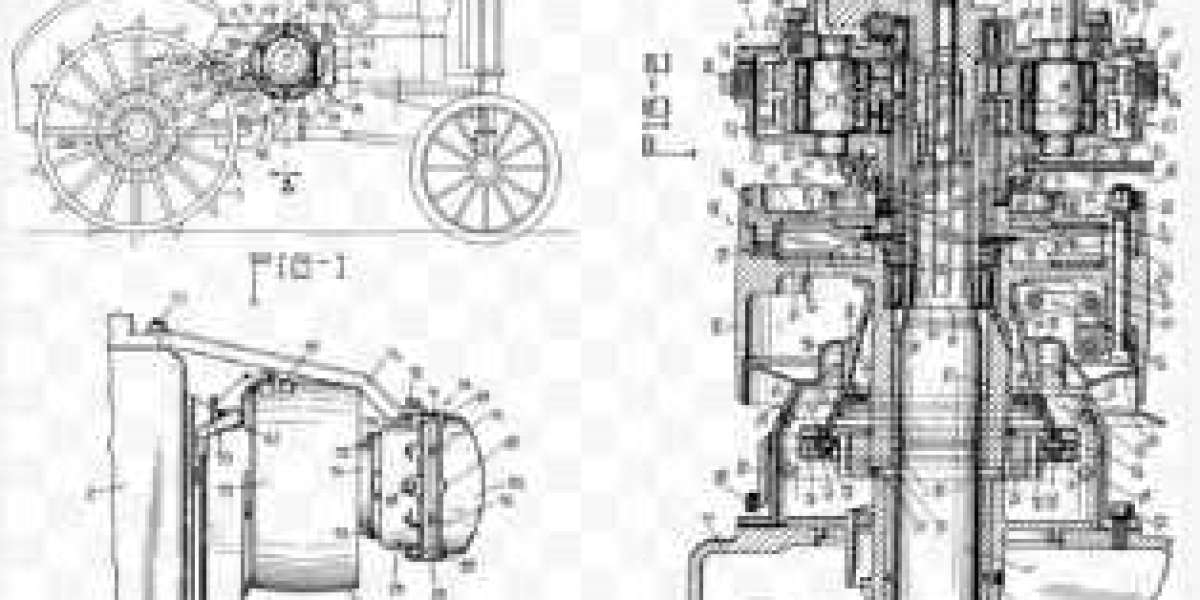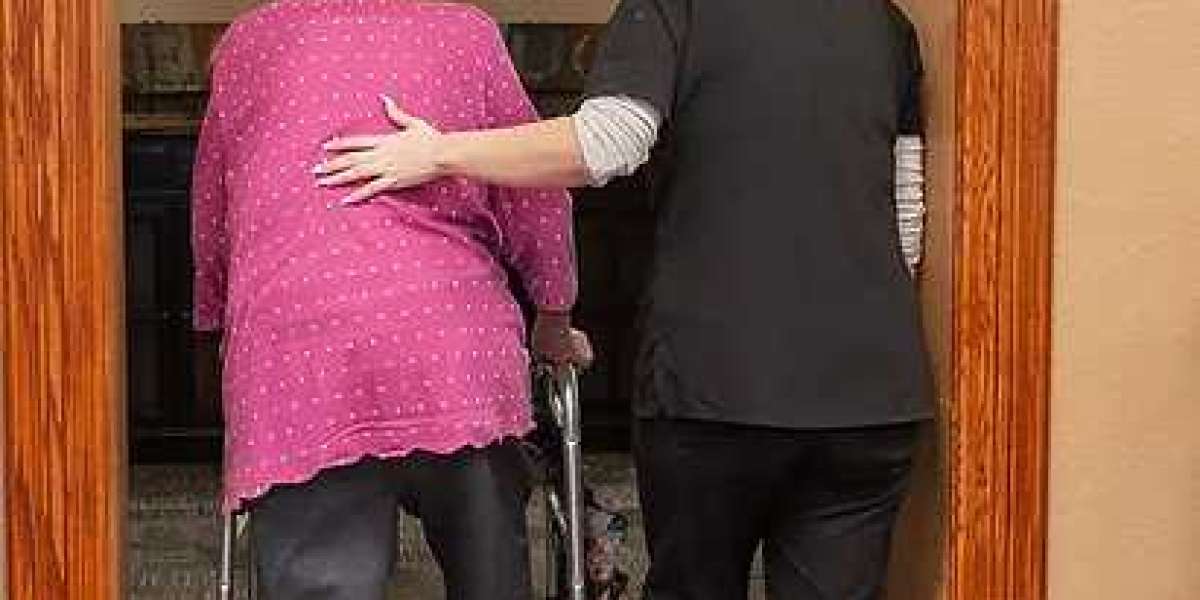In today’s competitive and innovative landscape, protecting intellectual property is paramount. For inventors and innovators, obtaining a patent is crucial in safeguarding their ideas and creations. One essential aspect of the patent application process is the inclusion of accurate and comprehensive patent drawings.
In this blog article, we will explore the importance of patent drawings and how they contribute to the success of a patent application. We will also provide examples of effective patent drawings to illustrate their significance. Furthermore, we will discuss the key considerations when choosing a patent drawing company to ensure that your inventions are represented best.
Whether you are an individual inventor, a small business, or a large corporation, understanding the role of patent drawings and selecting a reliable patent drawing company can significantly impact the outcome of your patent application. By delving into the world of patent drawings and exploring real-life examples, you will gain valuable insights into effectively presenting your inventions and enhancing the chances of obtaining a patent.
Read on to discover the intricacies of patent drawings, learn from successful examples, and make informed decisions when choosing the right patent drawing company for your needs.
The Importance of Patent Drawings:
Patent drawings serve as visual representations of inventions and play a critical role in the patent application. They provide clarity, enhance understanding, and strengthen the overall quality of a patent application. Here are several reasons why patent drawings are essential:
- Clear Visualization: While a written description is crucial, patent drawings offer a clear visualization of the invention’s structure, design, and functionality. They provide a visual language that can transcend linguistic barriers and effectively communicate complex concepts. By presenting the story in a tangible and visible format, patent drawings enhance the understanding of patent examiners, potential licensees, and judges.
- Comprehensive Description: Patent drawings complement the written description by offering a complete and detailed depiction of the invention. They can showcase different angles, perspectives, and cross-sections, allowing the viewer to grasp the invention’s intricacies quickly. Through well-executed drawings, inventors can effectively convey the specific features, components, and arrangements that make their designs unique.
- Supporting Claims: Patent drawings can significantly strengthen the claims made in a patent application. Illustrations provide tangible evidence of its originality and technical advancements by visually demonstrating the novel aspects and non-obviousness of an invention. Actual patent drawings can lend credibility to the claims and increase the likelihood of obtaining a granted patent.
- Legal Protection: Accurate and detailed patent drawings contribute to the legal protection of an invention. They indicate the invention’s specific features, preventing others from replicating or infringing upon the patented technology. In legal disputes or enforcement actions, well-crafted patent drawings can play a crucial role in proving the uniqueness and validity of the patented invention.
- International Considerations: Patent drawings are valuable both within a single jurisdiction and internationally. Many countries require patent drawings as part of the patent application, and their quality and accuracy can affect the application’s success. Uniform and precise patent drawings can facilitate examination across different patent offices, ensuring consistent understanding and evaluation of the invention worldwide.
In summary, patent drawings are vital elements of a patent application, providing clear visualization, comprehensive descriptions, and support for claims. By investing in well-executed patent drawings, inventors increase their chances of obtaining a strong patent and effectively protecting their intellectual property.
Examples of Effective Patent Drawings:
To understand what constitutes effective patent drawings, let’s explore some examples from various fields:
- Mechanical Invention: Let’s consider an example of a mechanical invention, such as a new type of door lock mechanism. Effective patent drawings would include detailed views of the lock from different angles, such as front, side, and perspective views. The pictures would showcase the critical components of the lock, such as the latch, tumblers, and keyway, along with their arrangement and interactions. Cross-sectional views can provide additional insights into the internal workings of the lock. Labels and annotations should identify each component, allowing viewers to understand the invention’s structure and functionality without ambiguity.
- Electrical Invention: Suppose you have developed an innovative electrical circuit design for a power supply unit. In this case, effective patent drawings would include schematics, circuit diagrams, and flowcharts. The pictures would illustrate the connections between components, such as resistors, capacitors, and transistors, along with their specific values and placements. Clear symbols and labels should denote various elements in the circuit. To enhance understanding, the drawings may also include graphical representations of voltage and current flows within the course. The patent drawings should effectively communicate the electrical configuration and operation of the invention.
- Biotechnological Invention: Consider a biotechnological invention, such as a novel genetic engineering technique. Effective patent drawings in this context would include detailed illustrations of the molecular structures involved, such as DNA sequences, protein structures, or cellular interactions. The pictures may present graphical representations of the gene sequences, highlighting specific regions of interest. Additionally, flowcharts or diagrams can depict the step-by-step process of the technique. Clear labels and annotations should be used to explain the various components and their functions. The patent drawings should provide a visual representation of the invention’s biological mechanisms and enable viewers to understand the innovative aspects of the technology.
- Software Invention: In the case of a software invention, such as a new mobile application, patent drawings may differ from traditional technical drawings. In this context, patent drawings can include user interface (UI) designs, flowcharts, or screen mockups. The drawings should illustrate different UI elements’ layouts, navigation, and interaction. Flowcharts can showcase the logical sequence of actions within the software application. Screenshots or wireframe representations can help visualize the user experience. The patent drawings should effectively communicate the unique features and functionality of the software invention.
- Design Patent: In design patents, the focus is on the ornamental appearance rather than the functional aspects of the invention. Effective patent drawings for a design patent would showcase the unique visual features of the product. For example, if it is a new chair design, the graphics would present various views, such as front, side, and perspective views, highlighting the chair’s distinctive shape, contours, and surface details. The drawings should exclude any functional elements and focus solely on the visual aesthetics of the design.
In all these examples, effective patent drawings share common characteristics: clarity, accuracy, and a clear depiction of the invention’s features. The drawings should be labeled and annotated to provide a comprehensive understanding of the invention. Proper lines, shading, and dimensions should be employed to accurately represent the invention’s structure and proportions. Consistency in style and presentation throughout the drawings is also essential.
Selecting the Right Patent Drawing Company:
Choosing the right patent drawing company is a critical decision that can significantly impact the quality and success of your patent application. Here are several key factors to consider when selecting a patent drawing company:
- Expertise and Experience:
Look for a patent drawing company with expertise and experience in creating high-quality patent drawings. A reputable company will have a team of skilled professionals who specialize in patent illustrations and understand the intricacies of the patent application process. They should have a proven track record of delivering accurate and visually appealing drawings that comply with patent office requirements. - Technical Knowledge:
Ensure that the patent drawing company has professionals with technical knowledge in your specific field of invention. Different industries have unique terminology, features, and requirements. By choosing a company with relevant expertise, you can ensure that the drawings accurately represent your invention and effectively communicate its technical aspects. Technical expertise also helps understand and interpret complex technical documentation related to the design. - Accuracy and Detail:
Accuracy and attention to detail are crucial in patent drawings. The patent drawing company should be meticulous in depicting the invention’s features, components, and interactions. Each element should be clearly labeled and annotated, leaving no room for ambiguity or confusion. Review the company’s portfolio to assess the level of accuracy and detail in their previous work. Look for drawings that are precise, well-proportioned, and visually appealing. - Familiarity with Patent Office Requirements:
Different patent offices have specific requirements for patent drawings. These requirements may vary in terms of formats, dimensions, resolution, color usage, and file types. It is essential to choose a patent drawing company familiar with the requirements of the relevant patent office(s) where you intend to file your application. This ensures that the drawings comply with the guidelines and avoid unnecessary delays or rejections. - Timeliness and Communication:
Timeliness is crucial in the patent application process. Select a patent drawing company that can deliver drawings within the required timeframe. Efficient communication is equally important. The company should be responsive to your queries, provide regular updates on the progress of your pictures, and be proactive in seeking clarifications to ensure an accurate representation of your invention. A reliable company will maintain open lines of communication and promptly address any concerns or revisions that may arise. - Confidentiality and Security:
Patent drawings contain valuable intellectual property information. Ensure that the patent drawing company has robust confidentiality measures in place to protect your invention. They should have policies and procedures to safeguard your sensitive information and prevent unauthorized access or disclosure. It is advisable to sign a non-disclosure agreement (NDA) with the company before sharing confidential details. - Pricing and Cost:
While cost should not be the sole determining factor, it is essential to consider the pricing structure of the patent drawing company. Different companies may have varying pricing models, such as fixed fees, hourly rates, or package deals. Obtain detailed information about their pricing and compare it with the level of expertise, quality, and services offered. Choosing a company that provides a fair balance between cost-effectiveness and the quality of work delivered is recommended. - Reviews and Testimonials:
Take the time to research and read reviews or testimonials from previous clients of the patent drawing company. Feedback from other inventors or businesses can provide valuable insights into the company’s professionalism, reliability, and overall satisfaction of their clients. Positive reviews and recommendations can give you confidence in your decision, while negative reviews can be a warning sign to explore other options. - Additional Services:
Consider whether the patent drawing company offers additional services that may be beneficial to your patent application. For example, some companies may provide patent search services, prior art analysis, or assistance with drafting patent specifications. Having access to such comprehensive services can streamline the patent application process and ensure a cohesive approach to protecting your invention. - Portfolio and Samples:
Review the company’s portfolio and request samples of their patent drawings. Assess their previous work’s quality, clarity, and level of detail. Look for consistency, adherence to guidelines, and the ability to convey the features and functionality of the inventions effectively. Requesting samples specific to your design field can help you gauge the company’s understanding of your industry and its ability to create relevant drawings.
Conclusion
In conclusion, selecting a reputable and competent patent drawing company is essential for the success of your patent application. Effective patent drawings enhance the clarity, accuracy, and understanding of your invention, increasing the chances of obtaining a strong patent. You can make an informed decision by considering factors such as expertise, technical knowledge, accuracy, timeliness, communication, confidentiality, pricing, reviews, and additional services.
A reliable patent drawing company will have a team of experienced professionals with the technical expertise necessary to accurately represent your invention. They will be familiar with the specific requirements of the relevant patent office(s) and deliver drawings that comply with those guidelines. Timeliness and effective communication are crucial, ensuring that the company provides updates on the progress of your drawings and promptly addresses any concerns or revisions.
Confidentiality and security measures are vital to protect your valuable intellectual property. It is also important to consider the pricing structure, ensuring a balance between cost-effectiveness and the quality of work delivered.
By reviewing the company’s portfolio, reading client testimonials, and requesting samples, you can assess the quality and consistency of their patent drawings.
Overall, choosing the right patent drawing company is a crucial step in presenting your invention effectively and securing the protection it deserves. With a trusted partner by your side, you can navigate the complex patent application process with confidence, knowing that your invention is accurately represented and positioned for success.
Read More:
The Art of Design Patent Drawings: Examples, Tips, and the Perfect Patent Drawing Company








